Hi there, pet lovers! 🐊
For reptile enthusiasts seeking a truly unique and challenging pet, the Cuvier’s Dwarf Caiman (Paleosuchus palpebrosus) stands out as one of the most intriguing—yet demanding—choices. As the smallest species of crocodilian, these miniature predators captivate with their prehistoric appearance and complex behaviors. However, they are far from beginner-friendly and require expert-level care, significant space, and long-term commitment.
In this detailed review, we’ll explore everything potential owners need to know—from housing requirements and diet to legal considerations and ethical concerns. Whether you’re a seasoned reptile keeper or simply curious about these remarkable creatures, this guide will help you decide if a dwarf caiman is the right addition to your home.
Overview
Cuvier’s Dwarf Caimans are small crocodilians native to South America, known for their armored scales, sharp teeth, and semi-aquatic lifestyle. While they may look like miniature alligators, their care is vastly different from most reptiles. Here’s a quick summary:
- Handling and Temperament: Highly defensive; not a hands-on pet. Bites can be painful, and stress must be minimized.
- Care and Maintenance: Complex setup with large aquatic/terrestrial enclosures, strict temperature/humidity control, and powerful filtration.
- Health and Durability: Hardy when properly cared for, but prone to infections if water quality or diet is neglected.
- Availability: Rare in the pet trade; often require permits and sourcing from specialized breeders.
- Cost: Expensive initial setup and ongoing maintenance; not a budget-friendly pet.
- Overall: Only recommended for experienced, dedicated keepers with space, resources, and expertise.

Why Choose a Cuvier’s Dwarf Caiman?
Cuvier’s Dwarf Caimans are not typical pets—they are wild animals with specialized needs. However, for the right keeper, they offer:
- A truly exotic display animal with striking prehistoric features.
- Fascinating natural behaviors, including aquatic hunting and territorial displays.
- Long lifespan (30-40 years in captivity), making them a lifelong commitment.
That said, they are not interactive pets like lizards or turtles. They are best suited for observation rather than handling, and their care rivals that of large monitor lizards or venomous snakes in complexity.
Handling and Temperament
Natural Defensive Behaviors
Unlike docile reptiles such as bearded dragons or crested geckos, Cuvier’s Dwarf Caimans are naturally skittish and defensive. They view humans as potential threats and will react with:
- Sudden lunges or bites if they feel cornered.
- Tail thrashing when stressed.
- Hissing or jaw-slapping as warning displays.
Can They Be Tamed?
While some keepers report limited tolerance to presence over time, these animals do not bond with humans. Any handling should be:
- Minimal (only for health checks or enclosure maintenance).
- Done with thick gloves to avoid injury.
- Approached calmly to reduce stress.
Bite Risk
Even a small caiman can deliver a painful, damaging bite due to their sharp teeth and strong jaws. Never hand-feed, and always use tongs to avoid accidental strikes.
Care and Maintenance
Enclosure Requirements
A proper setup for a Cuvier’s Dwarf Caiman is expensive and space-intensive. Key elements include:
Aquatic Zone
- Large water area (at least twice the caiman’s length).
- Powerful filtration (canister filters recommended) to prevent bacterial growth.
- Water temperature kept at 80-85°F (27-29°C).
Land Zone
- Basking area with 90-95°F (32-35°C) under a heat lamp.
- Hiding spots (caves, logs) to reduce stress.
- Substrate like cypress mulch or smooth river rocks.
Humidity & Lighting
- 70-80% humidity (achieved with misting or a fogger).
- UVB lighting (controversial but beneficial for long-term health).
Diet & Feeding
Cuvier’s Dwarf Caimans are strict carnivores requiring:
- Whole prey (fish, rodents, insects, chicks).
- No live feeding (risk of injury to the caiman and ethical concerns).
- Calcium/vitamin supplements to prevent metabolic bone disease.
Cleaning & Maintenance
- Daily spot-cleaning of waste.
- Weekly water changes (25-50%).
- Monthly deep cleans of the entire enclosure.
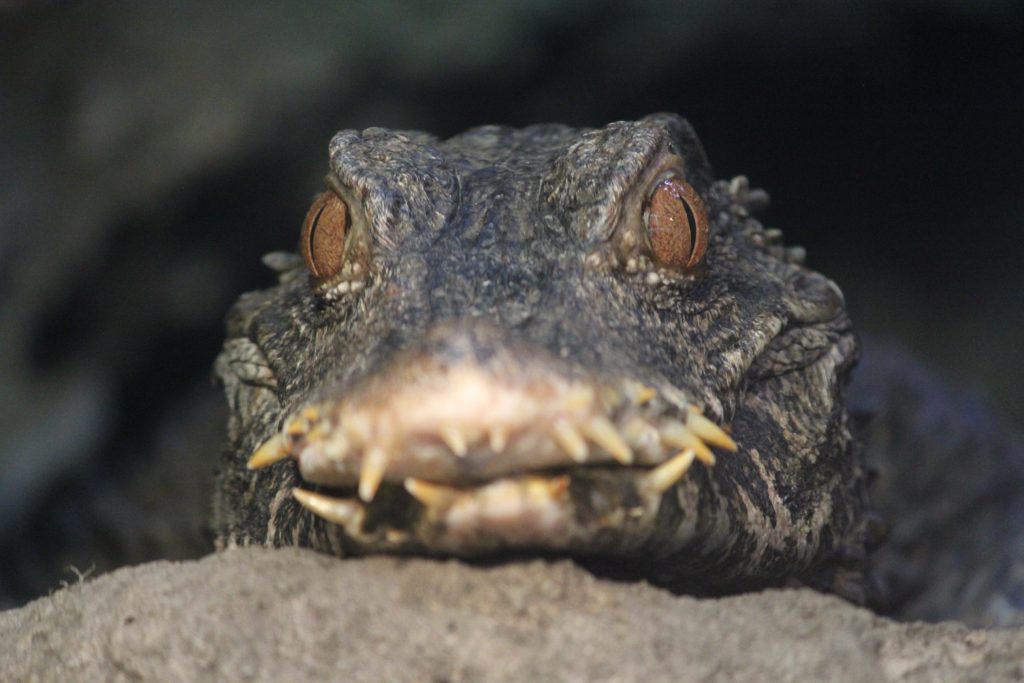
Health and Durability
Common Health Issues
- Respiratory infections (from incorrect humidity/temperature).
- Skin infections (due to poor water quality).
- Metabolic bone disease (from improper diet/lighting).
Veterinary Care Challenges
Few vets specialize in crocodilians, so finding an exotic vet beforehand is crucial. Preventative care includes:
- Regular fecal exams for parasites.
- Monitoring weight and growth.
- Quarantining new prey items to avoid contamination.
Availability and Cost
Legal Considerations
Many regions restrict or ban crocodilian ownership. Always check:
- Local wildlife laws.
- Permit requirements.
Where to Buy
- Specialized breeders (avoid wild-caught individuals).
- Reptile expos (rare but possible).
- Never from illegal traders.
Initial & Ongoing Costs
- Enclosure setup: $1,000 to $5,000+ (custom builds often needed).
- Caiman price: $200 to $1,000+ (rarer morphs cost more).
- Monthly upkeep: $100 to $300 (food, electricity, filtration).
Pros and Cons
Pros
✔ Uniquely prehistoric appearance.
✔ Active and engaging to observe.
✔ Long lifespan (30+ years with proper care).
Cons
✖ Not handleable or interactive.
✖ Extremely expensive to house and maintain.
✖ Requires expert-level reptile experience.
✖ Legal restrictions in many areas.
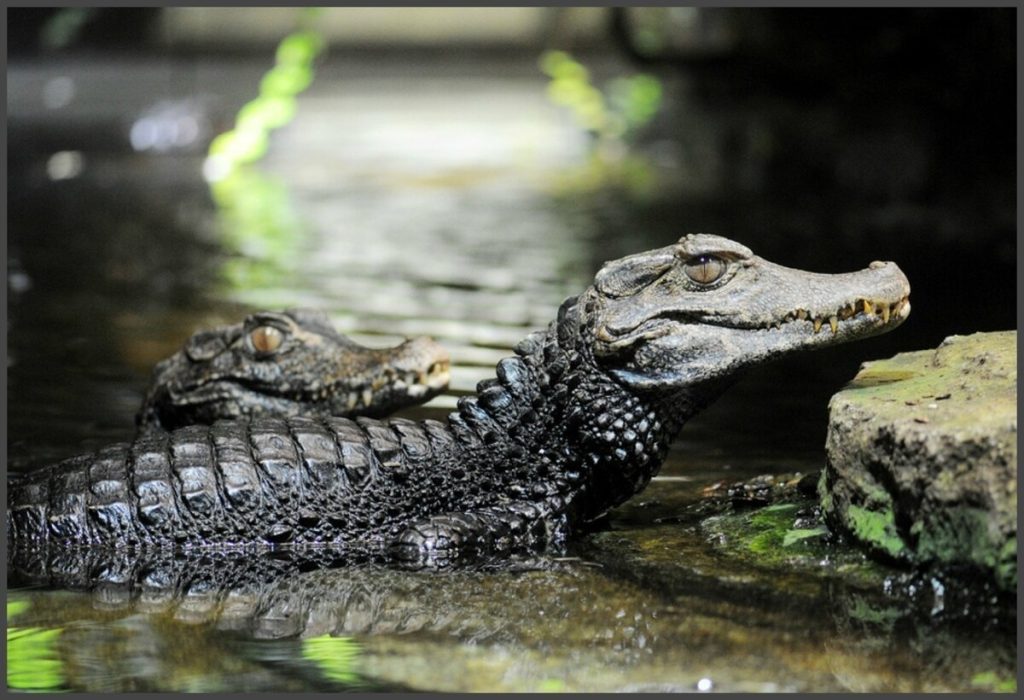
Final Thoughts
The Cuvier’s Dwarf Caiman is a remarkable but demanding reptile that should only be kept by serious, experienced hobbyists. Their care is far more complex than most reptiles, and their wild instincts make them unsuitable for casual keepers.
If you have the space, budget, and expertise, a dwarf caiman can be a captivating display animal. However, for most reptile lovers, a less dangerous, lower-maintenance species will be a better fit.
Have you ever kept a crocodilian? Share your experiences below!
For more exotic pet guides, stay tuned to our blog! 🐊
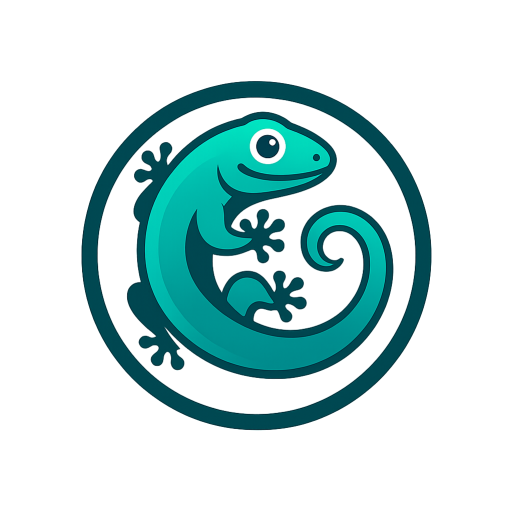
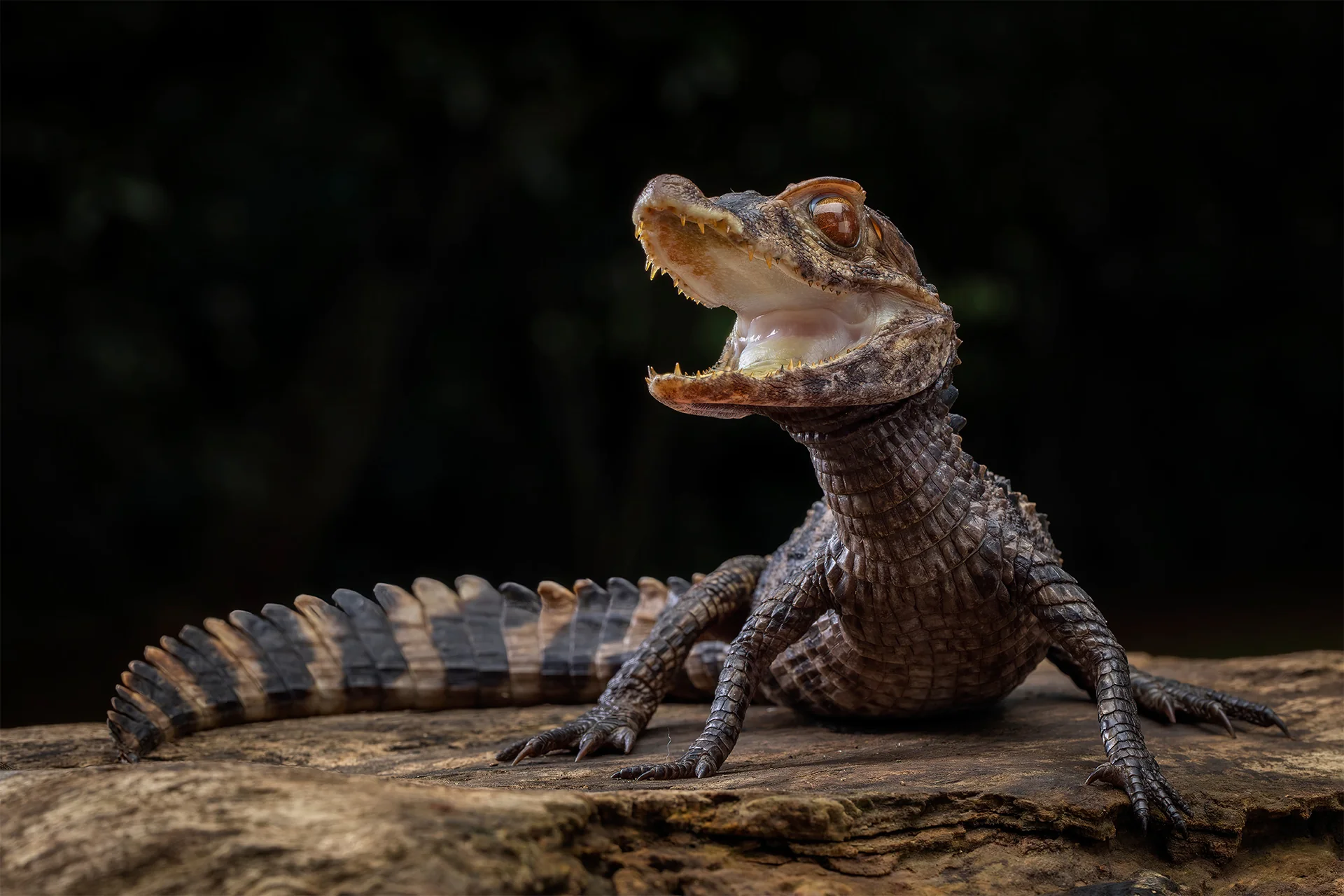

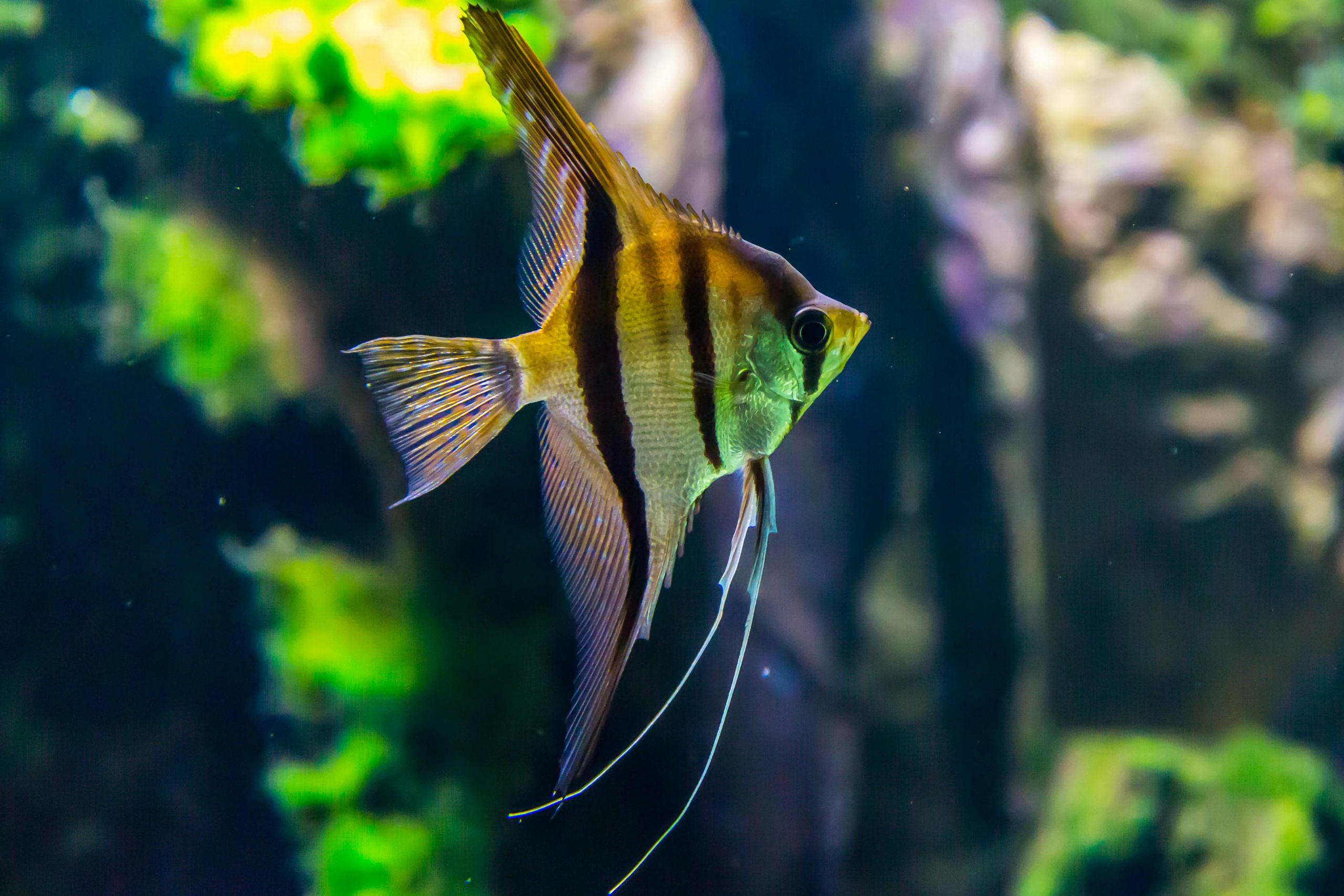
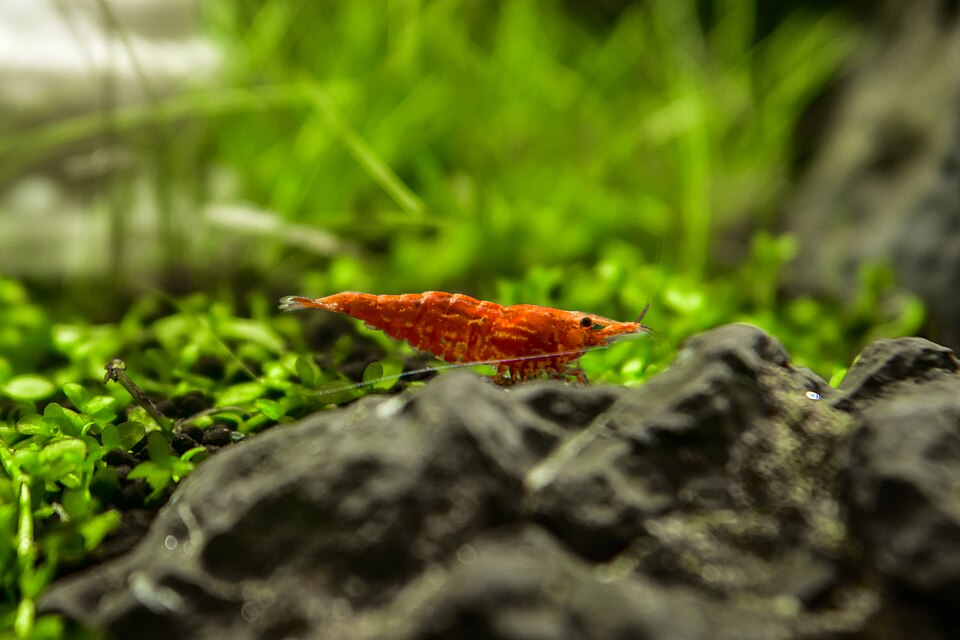

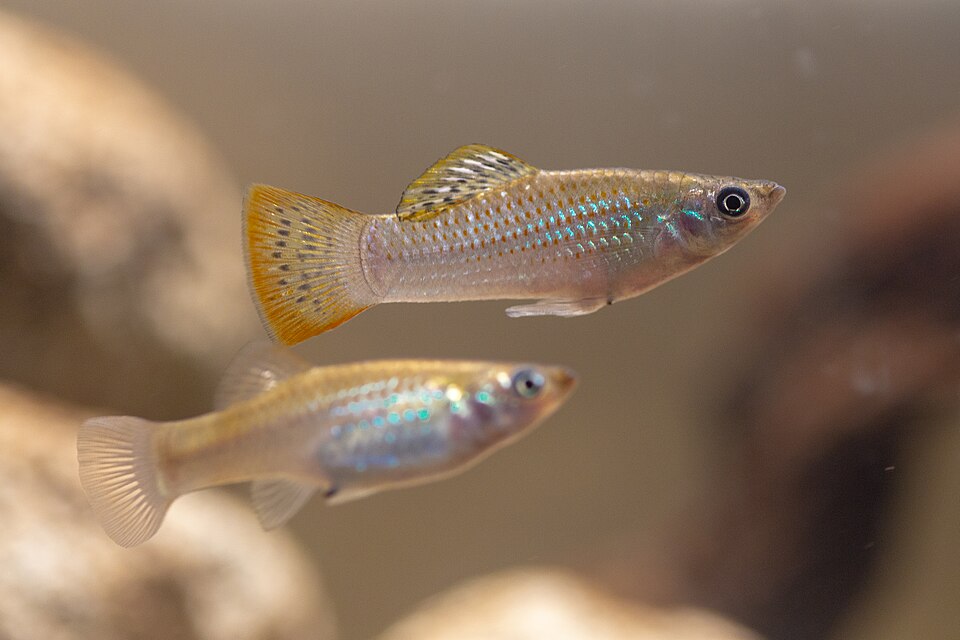
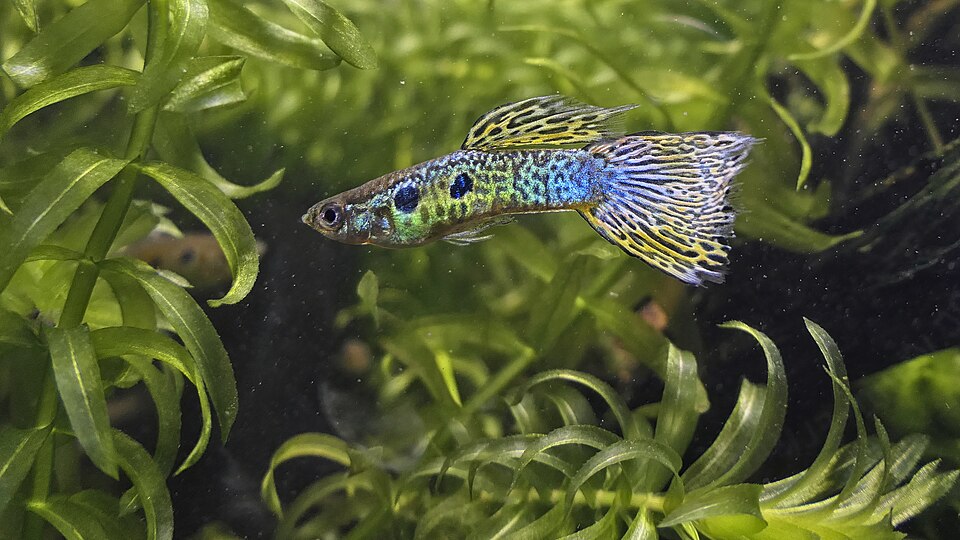
Leave a Reply